/97178ad5-2012-4529-9076-e747482a5076.png)
Resistor Value Chart
Review Rating Score
When it comes to working with electronic circuits, having a resistor value chart at your fingertips is essential. At BizzLibrary.com, we offer a comprehensive Resistor Value Chart that will help you quickly and accurately determine the resistance value of different types of resistors. Whether you are a student, hobbyist, or professional in the field, this chart is a valuable resource to have in your toolbox.
The Importance of Resistor Value
In electronics, resistors play a critical role in controlling the flow of current in a circuit. The resistance value of a resistor determines how much it obstructs the flow of current. Having the correct resistor value is crucial for achieving desired voltage and current levels in a circuit.
Understanding the Standard Resistor Value System
The standard resistor value system, also known as the E-series, is a widely used system for categorizing resistors based on their nominal resistance values. This system follows the guidelines set by the Electronic Industries Alliance (EIA) and provides a convenient way to select resistors for circuit design and construction.
The E-series consists of several ranges, such as E3, E6, E12, E24, E48, E96, and E192. Each range corresponds to a different number of preferred values. The E3 range, for example, includes three preferred values, while the E12 range expands to twelve preferred values.
Using the Resistor Value Chart
Our Resistor Value Chart simplifies the process of finding the right resistor value for your electronic circuits. The chart presents the preferred resistor values for each E-series range, making it easy to identify the closest available resistor value for your specific requirements.
To use the Resistor Value Chart effectively, follow these simple steps:
- Identify the nominal resistance value you need for your circuit.
- Locate the appropriate E-series range in the chart.
- Scan the preferred resistor values within that range to find the closest match.
- Note the corresponding resistor value to use in your circuit.
Download the Resistor Value Chart
Don't waste time searching for resistor values when designing your electronic circuits. Download our Resistor Value Chart in DOCX format now and have all the information you need at your fingertips. It's a valuable tool for students, hobbyists, and professionals alike.
Visit BizzLibrary.com today to access a wide range of helpful document templates, including the Resistor Value Chart. Build your electronics knowledge, enhance your circuit design skills, and ensure accurate resistor selection with our useful resources.
Is the template content above helpful?
Thanks for letting us know!
Reviews
Truman Espinoza(7/20/2023) - DEU
Great!!
Author. Content was provided by:
Elizabeth Davis
Elizabeth is from the sunny desert city of Phoenix, Arizona. She is thrilled to connect with professionals and like-minded individuals who share a passion for social technologies, content creation, and the exciting possibilities that AI brings to the world of social media. Her hobbies are hiking, climbing, and horse riding. Elizabeth has a master's degree in Social Technologies that she received at the ASU (Arizona State University). As a freelancer, she mostly contributes content related to IT. This includes articles on templates and forms provided by our community.
Follow Elizabeth
Last modified
Our Latest Blog
- The Importance of Vehicle Inspections in Rent-to-Own Car Agreements
- Setting Up Your E-mail Marketing for Your Business: The Blueprint to Skyrocketing Engagement and Sales
- The Power of Document Templates: Enhancing Efficiency and Streamlining Workflows
- Writing a Great Resume: Tips from a Professional Resume Writer
Template Tags
Need help?
We are standing by to assist you. Please keep in mind we are not licensed attorneys and cannot address any legal related questions.
-
Chat
Online - Email
Send a message
You May Also Like
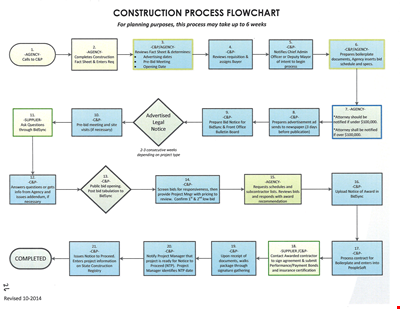
Create Professional Project Flow Charts with our Free Template
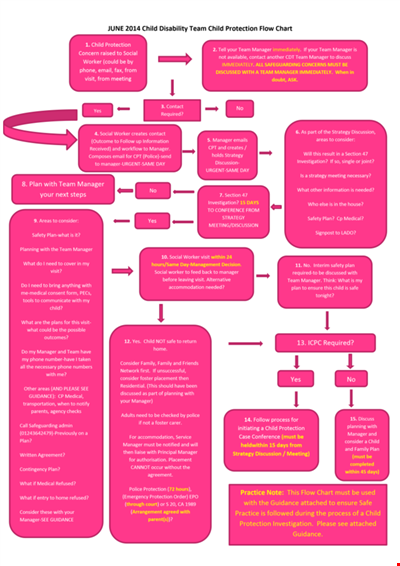
Social Event Flow Chart Template - Plan, Organize, and Execute Memorable Events
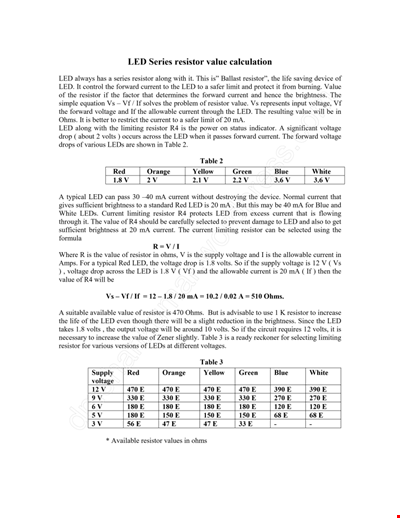
Calculation Resistor Value Chart For Led

Reward Template for Kids | Printable Behavior Chart & Chore Chart

Organizational Chart Template, Editable Org Chart, Free Download

Minecraft Birthday Banner - Buy Customizable Party Decorations

Personal Food Calorie Chart

Family Tree Chart For Kids

Create Organized Concepts with Our Concept Map Template - Solve Problems & Analyze Reasons
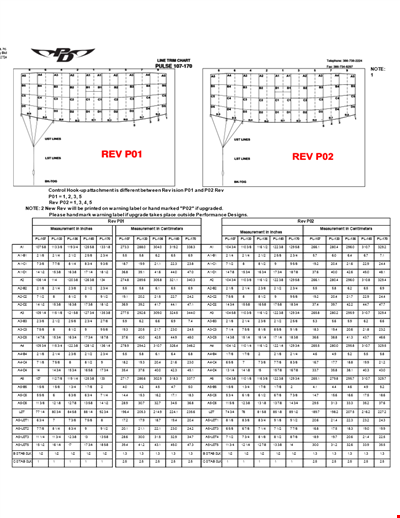
Find the Ideal Pulse Rate with Our Chord Tool

Org Chart Template Word
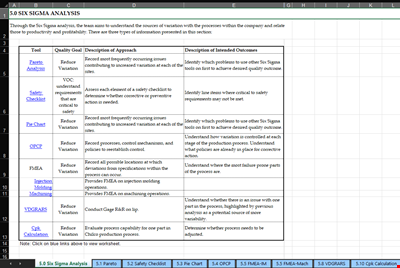
Understand and Reduce Process Variation with a Pareto Chart
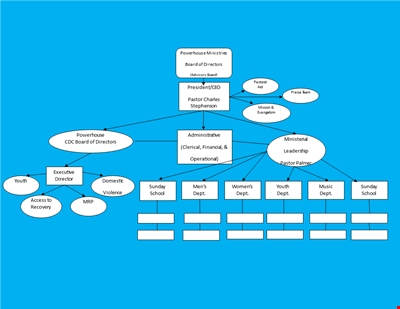
Create an Organizational Chart Template - Easily Visualize Your Company Hierarchy

Free Vintage Family Tree Template
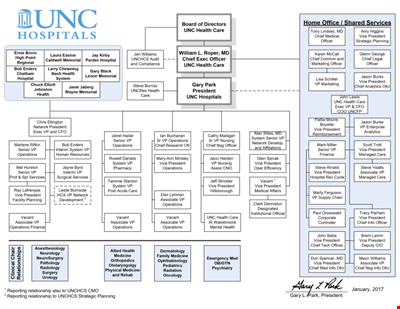
Large Hospital Organizational Chart Template - Download Now
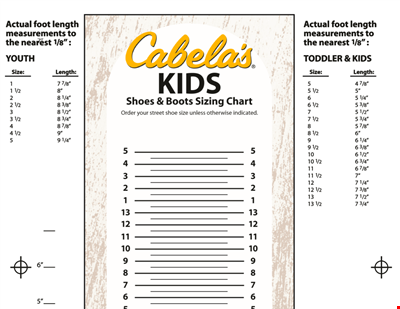
Printable Shoe Size Chart for Kids: Find the Perfect Fit for Your Little Ones